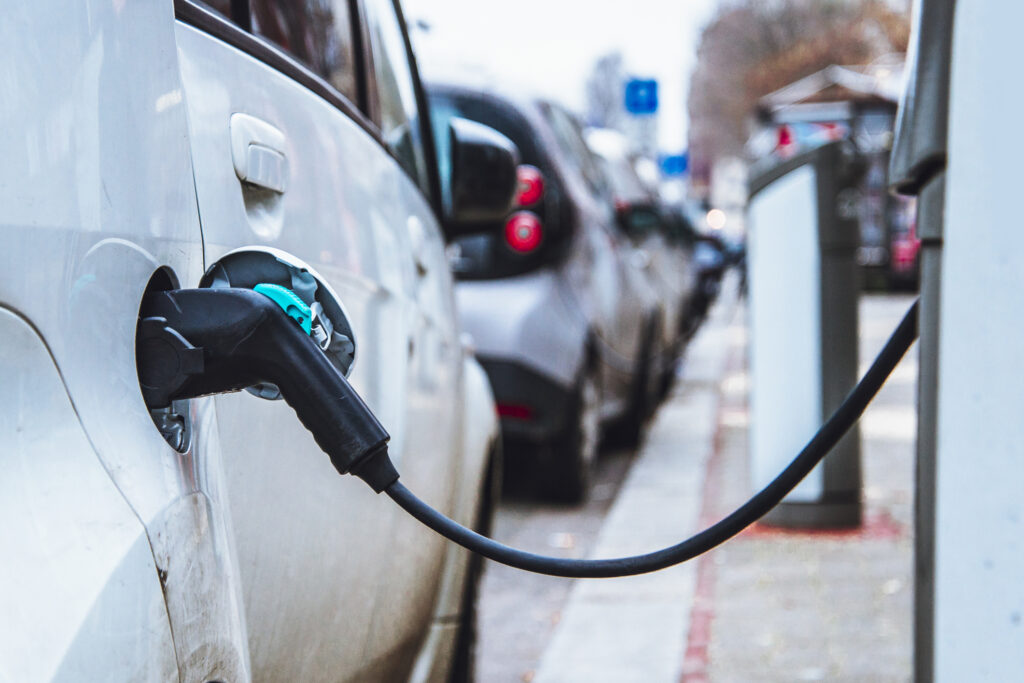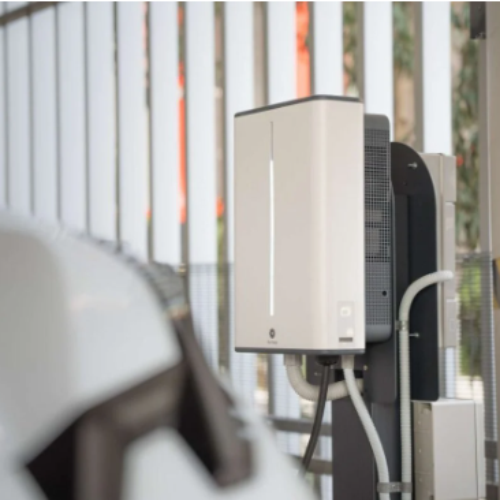The UK faces a shortfall of nearly 250,000 electric vehicle chargepoints by 2032 if the current rate of growth is maintained, new research has claimed.
Research released by UK100 – a network of mayors and local leaders – found that the UK currently has 24,374 public charging points. To meet growing demand, 325,000 will be needed in just over a decade.
While at the current installation rate the number of chargers is set to grow to around 76,849, this still leaves a shortfall of 248,151. And the shortfall is felt more acutely at higher charging speeds. There are currently only 12 rapid EV chargers in each local council area, meaning fewer than seven for every 100,000 people in the UK, or just one charger for every 14,705 people.
When the ban on new internal combustion vehicles comes into force in 2030, there will already be around 18 million battery and plug-in hybrid EVs on the road, the research indicates.
“Our research shows that the UK’s electric vehicle charging infrastructure is going to creak under demand with a ‘black hole’ of a quarter of a million chargers,” Polly Billington, CEO of UK100 said.
“We need a coherent plan to massively accelerate our investment in the infrastructure that will enable us to meet Net Zero. Consumers are willing to do the right thing but only if they have confidence the networks are in place.”
With one in four consumers looking to buy an electric car in the next five years according to Ofgem, a overarching strategy is need to coordinate and support local authorities to ensure there is the changing infrastructure to meet this.
Currently, around 80% of EV drivers charge their vehicles overnight using a home chargepoint, but 34% of households have no access to off-street parking and will need to charge on-street or elsewhere.
The UK Government has set targets to double the number of rapid charging by 2024, ensuring access to 2,500 high powered charging points across England’s inter-urban routes. But no targets have been set for on-street or at-home charging, continued UK100.
EV chargepoints are disproportionately spread across the country, with the vast majority of charger in London (7,489). This is as much as eight times the number per person as the North East (887).
There are 139 local authorities that have 30 of fewer charging points of EVs and hybrids.
The five areas with the fewest chargers are Castle Point, Fenland, Selby, Brentwood and Barrow in Furness. While the five with the most chargers are Westminster, Wandsworth, Hammersmith & Fulham, Kensington & Chelsea and Coventry.
Of the top ten areas for public charging, only three – Milton Keynes, Coventry and Brighton & Hove – are outside London.
Transport is the highest emitting sector, accounting for 22% of the UK’s total greenhouse gas emissions, some 113 MtCO2e in 2019. Of this cars contributed 13%, vans 4% and HGVs 4% of the emissions.
As such, action is needed to drive down transport emissions, including a greater rollout of EV infrastructure to enable a fair transition to the technology around the UK.
A Local Authority Toolkit has been promised by the end of the year from government, to guide local councils to deliver on the Transport Decarbonisation Plan.
“Stronger powers and more funding – these are the twin challenges to solve if local authorities are to play our role to the full in ensuring electric vehicle charging is available on the scale needed,” said Adam Harrison, Cabinet member for a sustainable Camden. “Greater support from the government, and more certainty about the future strategy, are vital to achieving this.”






